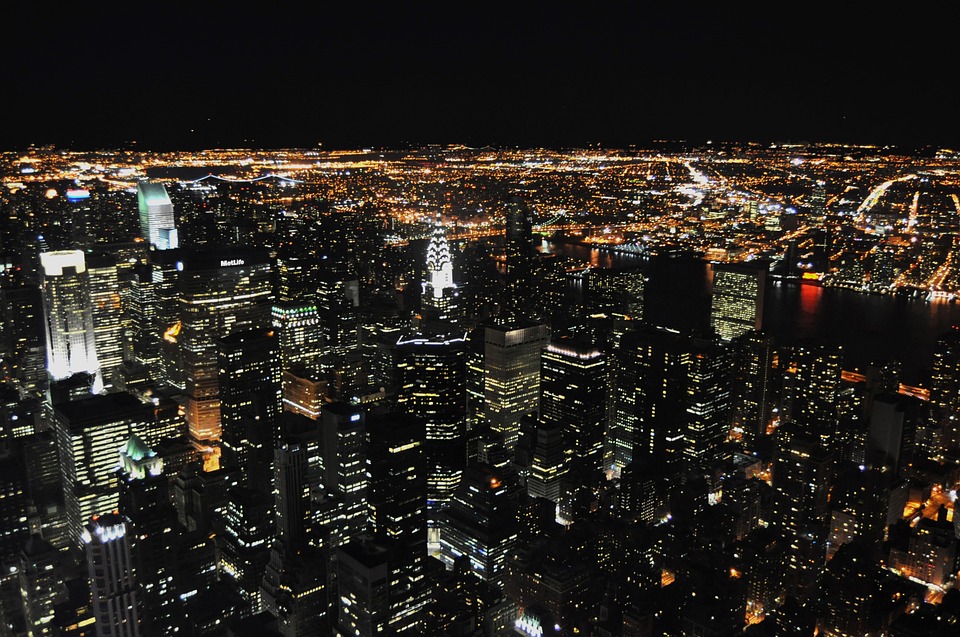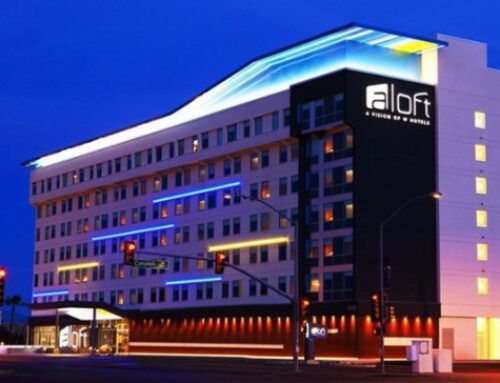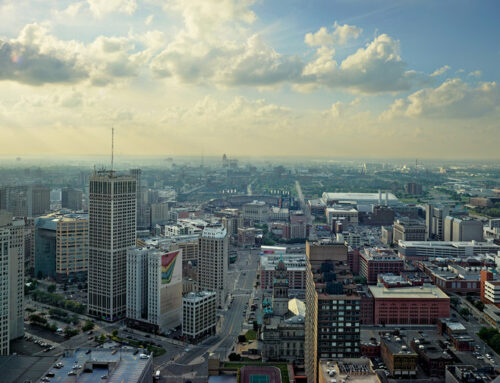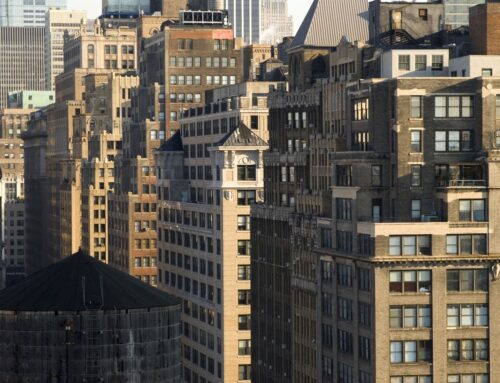Over half a decade ago, New York City was where you wanted to be if you were interested in being an active player in the private-equity fund or real estate investment trust market–and hotel investments were the name of the game. In 2011, the Big Apple was enjoying the benefits of record tourism numbers and consequent upgrades in the hospitality industry. At the time, potential investors would have been ahead of the curve.
By 2013, strong economic recovery in the US likewise affected both interest in and performance of the nation’s hospitality industry. In particular, the New York City hotel market boasted of an room occupancy level of about 85% during this year and the year after, according to Smith Travel Research (now known as STR). It was the highest rate in the country and one of the highest in the global market. From 2013 to 2014 the average daily rate (ADR) in New York hotels increased by almost 2%; revenue per available room (RevPAR) went up, too, by a little over 2%.
An influx of offshore investors started pouring millions into New York hotel transactions, and billions into hotel asset acquisitions. The hotel investment game was getting heated, with prices pushed up and cap rates pushed down. Domestic investors in the form of public REITs and private funds took a backseat to enthusiastic international investors enamored by the New York hotel market’s attractive fundamentals–that is, the likelihood that prestigious properties in the area will hold or increase value over the long term, regardless of changes in the broader market.
Fast forward to 2015: New York City’s hospitality industry was booming, with record highs likely sparked by offshore capital, both in terms of volume of transactions and transaction fees. It supported what was then the most liquid hotel investment market in the entire world. Underpinning this was the fact that New York’s four outer boroughs were revamping–unique culinary options, new entertainment attractions, and affordable retail scenes were popping up–and emerging as exciting new tourist destinations. During this period, NYC & Company reported an increase in Queens and Brooklyn visitors–12% and 8%, respectively. This increase went hand in hand with a dramatic uptick in the local hotel market, though it tended to stay within low- and mid-scale offerings. In 2016, US hotel occupancy set a new record; suggesting that the strength of the market held under the pressure of elevated supply and the impact of alternative competitors such as Airbnb and other online and sometimes informal hospitality services.









Leave A Comment